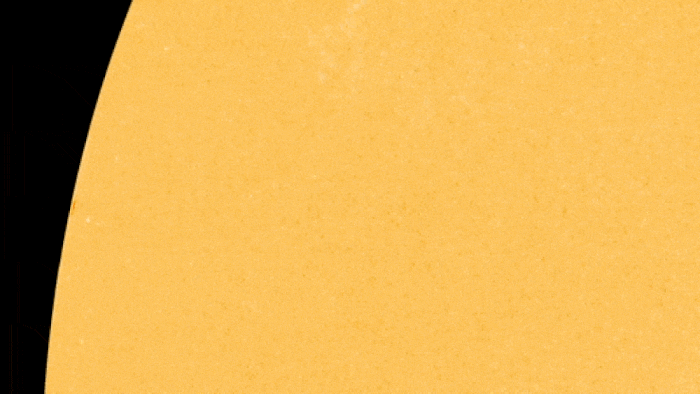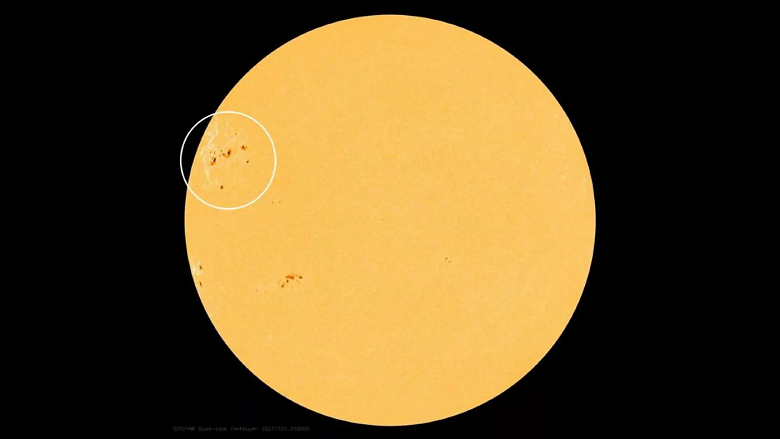It consists of at least six different groups
On the side of the Sun closest to Earth, one of the largest and most “clustered” areas of sunspots observed in more than ten years appeared.
This area began to produce a barrage of solar storms. The first group of sunspots, called AR3490, appeared on the visible part of the Sun on November 18, 2023. This sunspot was quickly followed by another group of sunspots, AR3491.
Scientists anticipated the appearance of these sunspots by tracking “helioseismic tremors” or ripples on the surface of the Sun. As experts note, the area of sunspots “is so large that it affects the vibration of the surface of the entire Sun.”

These groups subsequently separated and gave rise to new dark spots, including AR3492, AR3495, AR3496 and AR3497, which created an entire “solar archipelago of sunspots.” In total, the huge sunspot cluster is about 200,000 kilometers across, more than 15 times the size of Earth, according to Spaceweather.com.
They have already generated at least 16 C-class and 3 M-class solar flares in the last 4 days. Experts warn that there could be many more such outbreaks in the next few weeks, including the possibility of the strongest X-class outbreaks. The flares can in turn trigger coronal mass ejections and cause severe geomagnetic storms on Earth, with radio blackouts and bright auroras.

